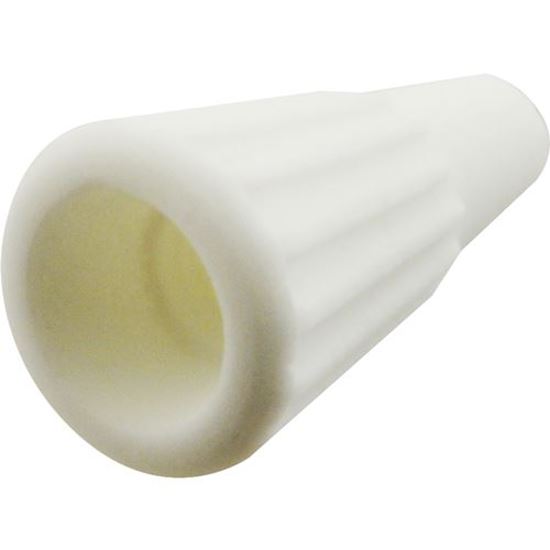
Soldering by hand is a time-consuming and inexact science and there are hazards associated with using molten metal and lead-based solder. Some solders are not able to be used in high-temperature situations and the strength of the joints often remains low, even when the joint is additionally held together by adhesives. The inherent variability of workplace environments, temperature fluctuation, material quality, and user skill can negatively impact the consistency of the process. It is also a process that has become automated.Įven though soldering has been around for centuries, it still has drawbacks. For instance, soldering provides a low-process solution to connect wires. These older wire-splicing connection methods have not disappeared completely, however, as they still offer advantages. While you still may see a screw connection or twist-on wire connector in a junction box, lever or push-in connectors have become the norm. The connectors used with these wires have changed quite a bit as well. In addition, wires are now generally coated with a non-metallic sheathing made primarily of plastic. Today, flexible metal conduits are still used, although PVC conduits may be more applicable in harsh-environment application areas. This connection method, also known as wire nut connectors, was the norm until recently, when companies introduced more reliable connection methods, such as lever or push-in connectors. The newest connection, the twist-on wire connector, was introduced in the United States around 1933 by electrical contractor William Marr. This conduit could travel through wood and metal framing as well as exposed areas without exposing people to live wires. The metal conduit allowed a grouping of wires to be pulled through a metal tube, which could also double as a grounding method.

The rubber fabric allowed both hot and neutral wires to run together, but there was still no ground wire.

Just ahead of World War II, the cable and wire industry took a huge leap forward with the advent of rubber-fabric-coated wire sheathing, metal conduit, and a new type of wire connector. Posts that fail to meet above requirements will be removed.Early electrical connection methods are still found in many older buildings. r/AskElectricians /r/askanelectrician /r/diy /r/homeowners /r/electrical. Suggesting the burning scrap wire to remove the insulation will result in a ban. This includes company names of contractors. This includes memes.īlatant incorrect information or unsafe advice will result with a ban.ĭO NOT post any personal information.
CERAMIC WIRE NUTS MOD
Low quality posts will be removed at the discretion of the mod team.

Rules Generalĭon't be a dick, and adhere to the reddiquette If you are looking for DIY or general help please visit /r/askelectricians Pre-Apprentices start here before posting Help your fellow Redditors crack the electrical code.
CERAMIC WIRE NUTS CODE
Talk shop, show off pictures of your work, and ask code related questions. Reddit's International Electrical Worker CommunityĪka The Great Reddit Council of Electricians In this photo, have a piece of paper with your username and date written on it.
CERAMIC WIRE NUTS MODS
To get verified, send a photo to the mods that has your certificate/seal/card. Users with have verified their qualifications with the Mods Then message the mods with the country you are from. To add your country's flag to your flair, you must select a title from the drop down menu.


 0 kommentar(er)
0 kommentar(er)
